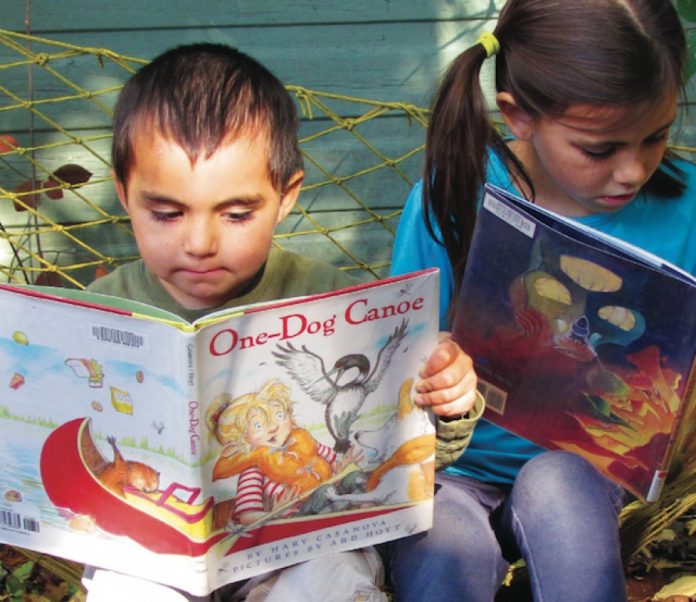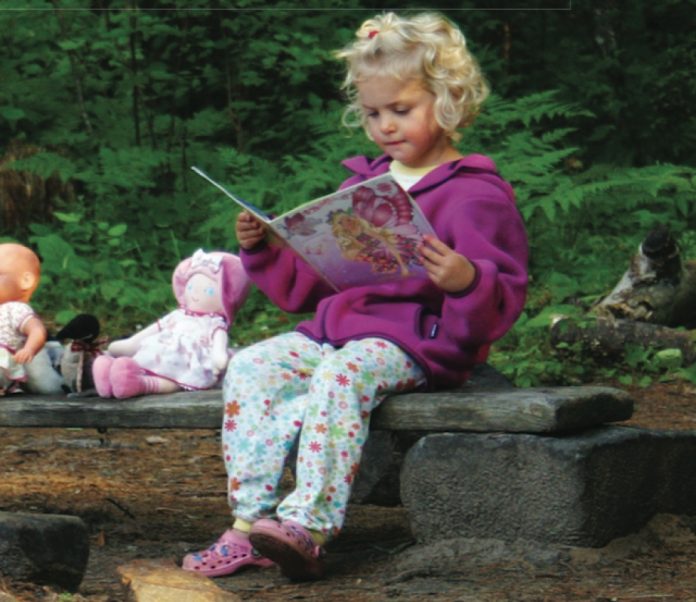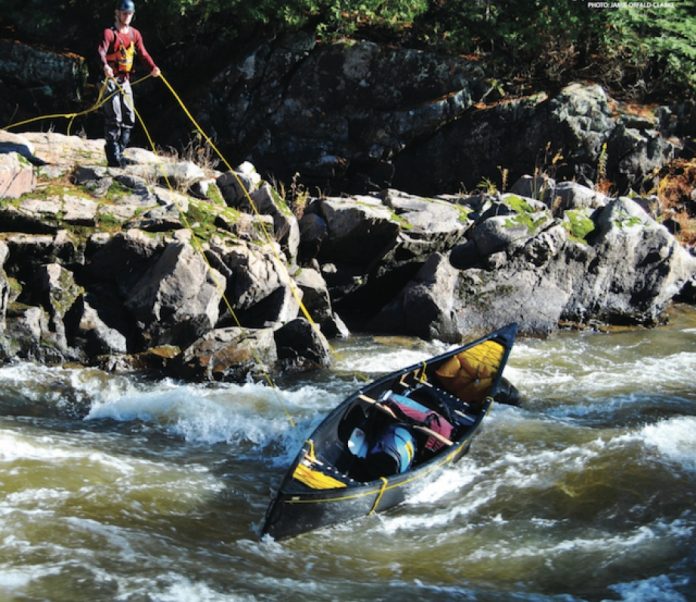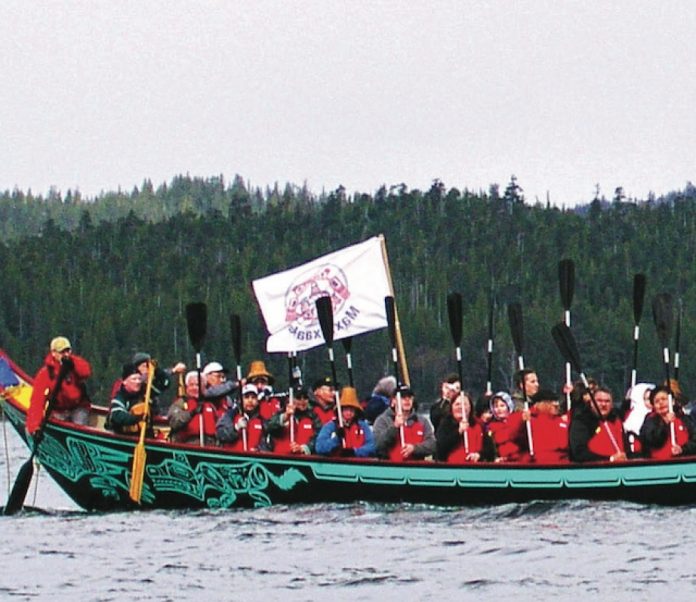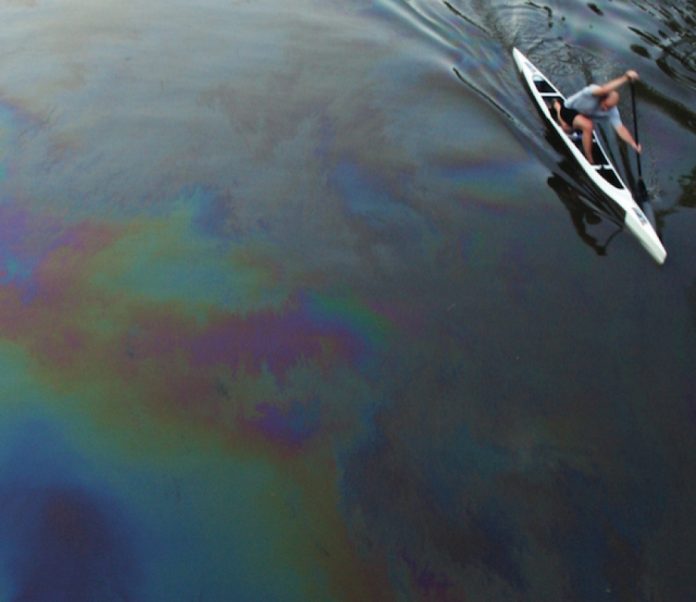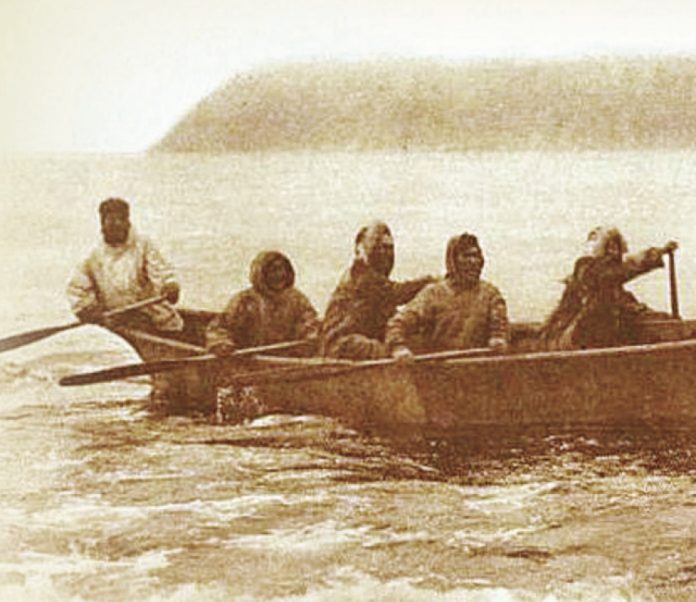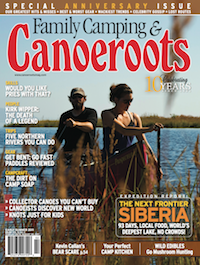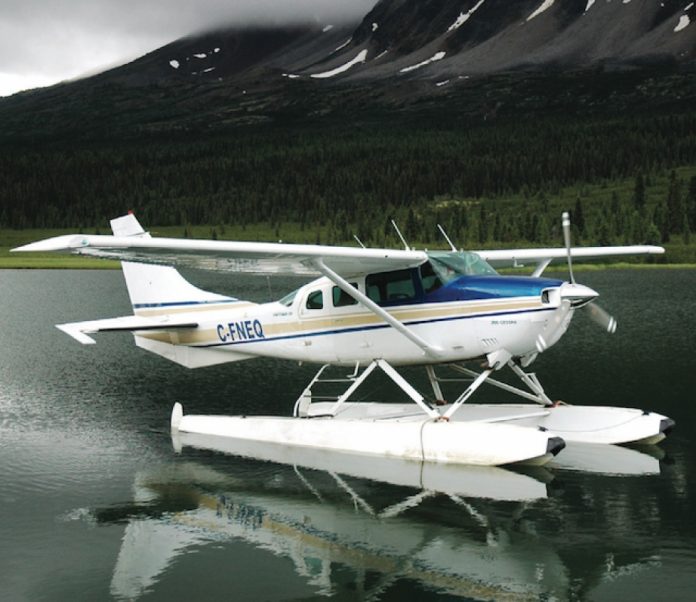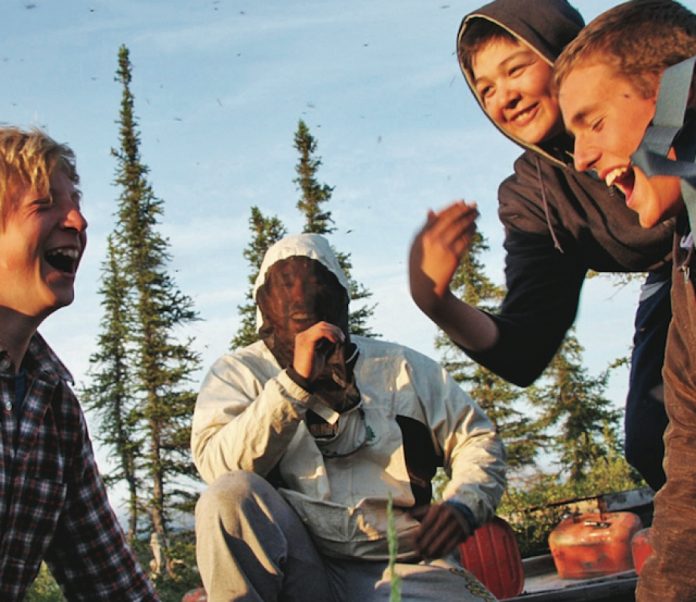Whitewater isn’t the only thing young paddlers are good at reading. When it’s too cold to paddle or spring showers are falling, snuggling up with a good book about canoes is almost as fun as getting out on the water. We’ve picked four great books to get your paddling library started.
One Dog Canoe
Story by Mary Casanova. Pictures by Ard Hoyt • Published by Melanie Kroupa Books, 2003 • Ages 2–7
A light-hearted story of how a young girl’s paddle with her faithful dog, “a trip for two, just me and you” turns into a multi-animal pile-up. Fun poetry and great pictures are found on every page. A dog, a beaver, a loon, a wolf, a bear and a moose all jump into the little red canoe that sinks lower with each new animal.
Whatever You Do, Don’t Go Near That Canoe
Story by Julie Lawson. Pictures by Werner Zimmermann • Published by North Winds Press, 1996 • Ages 4–9
Captain Kelsey McKee warns two children and their stuffed kangaroo to stay away from a magical canoe. Unable to resist, the kids hop aboard and soon find themselves swept up “through fast racing currents, through slow moving tides, far into the fading light” and right into a pirate adventure with Big Bart, gin- ger beer and gleaming doubloons.
Shin-chi’s Canoe
Story by Nicola I. Campbell. Pictures by Kim LaFave • Published by Groundwood Books, 2008 • Ages 6 and up
This story is about two children, Shin-chi and his big sister Shi-shi-etko, who are taken to residential school. It’s Shi-shi-etko’s second year, so she tells her brother what to expect—“My english name is Mary. Your english name is David. And don’t forget, we aren’t allowed to talk to each other until June.” She also tells him to comfort himself with memories of their home. At school, Shin-chi holds tight to the little cedar canoe his father gave him and dreams of the dugout canoe that he and his sister will paddle when they finally return home.
The Red Sash
Story by Jean N. Pendziwol. Pictures by Nicolas Debon • Published by Groundwood Books, 2005 • Ages 6–9
A young Métis boy waits for his voyageur father to return to the busy trading post north of superior, where there is to be a rendezvous. A rabbit hunt on a nearby island becomes more of an adventure than the boy, his sister and her suitor intended when a sudden storm hits. at the end of the story, the boy’s courage is rewarded when his father hands him his very own red sash, like a true voyageur.
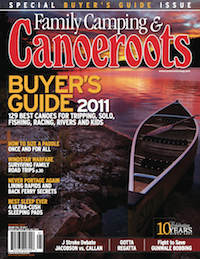
This article first appeared in the Spring 2011 issue of Canoeroots Magazine.



